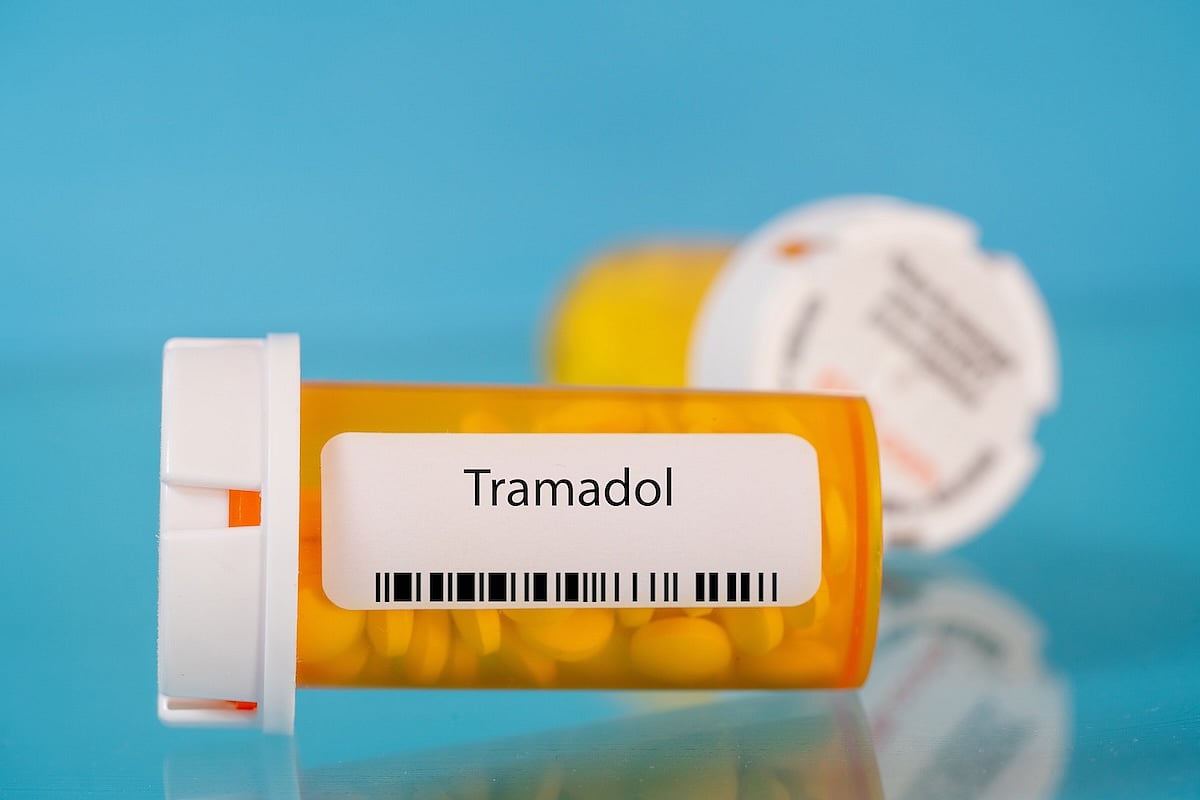
- Posted October 9, 2025
Popular Painkiller Less Effective, More Risky Than Thought, Evidence Review Says
A widely prescribed opioid painkiller is not all it’s cracked up to be, a new evidence review has concluded.
The opioid painkiller tramadol does little to reduce moderate to severe pain, according to results published Oct. 7 in the journal BMJ Evidence Based Medicine.
At the same time, tramadol increases a person’s risk of serious side effects, including heart disease and pre-cancerous cells, researchers found.
The drug’s use should be minimized, and guidelines that recommend it reconsidered, the research team concluded.
“The potential harms associated with tramadol use for pain management likely outweigh its limited benefits,” wrote the research team led by Jehad Ahmad Barakji of the Center for Clinical Intervention Research at Rigshospitalet in Copenhagen, Denmark.
Tramadol is a dual-action opioid, researchers said in background notes. It works on the usual opioid receptors in the brain, much like morphine, but also acts like an antidepressant by inhibiting brain chemicals like serotonin and adrenaline.
Tramadol use has surged in recent years, and it’s now among the most commonly prescribed opioids in the U.S., researchers said. It’s seen as a safer, less addictive option than more powerful opioids like morphine, oxycontin or fentanyl.
For the review, researchers pooled data from 19 clinical trials involving more than 6,500 patients with chronic pain. Five studies looked at the use of tramadol on nerve pain; nine on osteoarthritis; four on low back pain; and one on fibromyalgia.
Results showed that tramadol’s pain-relieving effects were minimal, falling below what would be considered clinically effective.
At the same time, tramadol users had double the risk of serious side effects compared to placebo groups, including heart-related events like chest pain, heart disease and heart failure. The risk also was driven by a higher proportion of pre-cancerous growths called neoplasms.
Other side effects included nausea, dizziness, constipation and sleepiness.
Researchers noted that these findings likely overestimate tramadol’s beneficial effects and underestimate its harmful effects, based on how the studies were done.
The team also cited the risk of opioid addiction and overdose as a reason to turn away from the drug.
“Approximately 60 million individuals worldwide experience the addictive effects of opioids. In 2019, drug use was responsible for approximately 600,000 deaths, with nearly 80% of these fatalities associated with opioids and approximately 25% resulting from opioid overdose,” the researchers wrote.
“In the United States, the number of opioid-related overdose deaths increased from 49,860 in 2019 to 81,806 in 2022,” the team continued. “Given these trends and the present findings, the use of tramadol and other opioids should be minimized to the greatest extent possible.”
More information
The National Institutes of Health has more on tramadol.
SOURCES: BMJ, news release, Oct. 7, 2025; BMJ Evidence Based Medicine, Oct. 7, 2025
